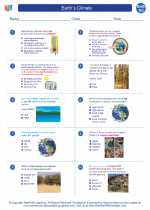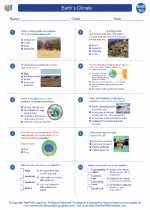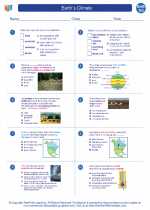Taiga Biome
The taiga, also known as the boreal forest, is the world's largest terrestrial biome. It stretches across North America, Europe, and Asia, and is characterized by its cold climate and coniferous trees.
Climate
The taiga has long, cold winters and short, mild summers. The average temperature in the winter is below freezing, and in the summer it can range from 20 to 70 degrees Fahrenheit. The annual precipitation is moderate, ranging from 15 to 20 inches per year.
Flora
The dominant vegetation in the taiga is coniferous trees, such as spruce, fir, and pine. These trees have adapted to the cold climate with their needle-like leaves and conical shape to shed snow. Other plant species include mosses, lichens, and small shrubs.
Fauna
The taiga is home to a variety of animal species, including moose, bears, wolves, lynx, and migratory birds. Many of these animals have thick fur or feathers to insulate them from the cold, and some hibernate during the winter months.
Human Impact
Human activities such as logging, mining, and oil and gas extraction have impacted the taiga biome. Deforestation and habitat destruction have led to the decline of certain animal species, and pollution from industrial activities has also affected the ecosystem.
Study Guide
- What is the average temperature range in the taiga biome?
- What are the dominant vegetation types in the taiga?
- Identify three animal species that inhabit the taiga biome.
- How have human activities impacted the taiga biome?
- Discuss the adaptations of plants and animals in the taiga biome.
[Taiga] Related Worksheets and Study Guides:
.◂Earth Science Worksheets and Study Guides High School. Earth`s Climate

 Worksheet/Answer key
Worksheet/Answer key
 Worksheet/Answer key
Worksheet/Answer key
 Vocabulary/Answer key
Vocabulary/Answer key
 Vocabulary/Answer key
Vocabulary/Answer key
 Vocabulary/Answer key
Vocabulary/Answer key
